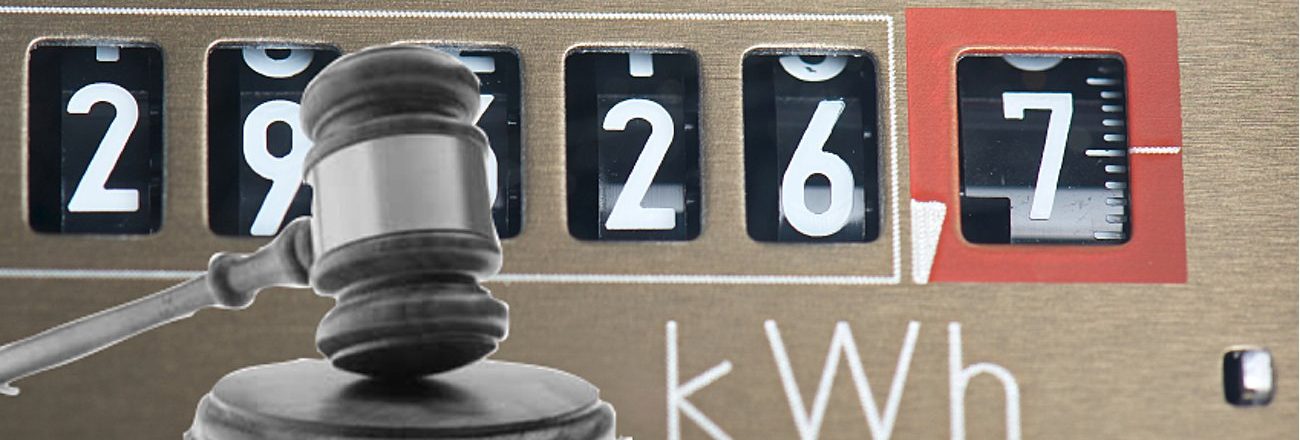Yesterday, President Obama signed a rare piece of bi-partisan legislation: Energy Efficiency Improvement Act of 2015.
The law requires a number of things:
- The Secretary of Energy shall develop model commercial leasing provisions that help to align the interests of building owners and tenants with regard to investments in cost-effective energy efficiency measures. The Federal government will then begin to implement cost effective efficiency energy and water efficiency measures for its realty services.
- The Secretary of Energy shall perform a study on the feasibility of significantly improving energy efficiency in commercial buildings through design and construction.
- The EPA shall create a Tenant Star Program. This program will allow tenants of buildings to participate in an Energy Star like program.
- Certain requirements for grid-enabled water storage systems to help with demand response programs.
- All federal agencies will source (including measurement and verification) and use only energy efficient and energy saving IT equipment and systems.
- The Secretary of Energy shall consider and assess ways to measure and report energy efficient data centers and IT equipment, including projections through fiscal year 2020.
- The Secretary of Energy shall create a Data Center Energy Practitioner program to certify energy practitioners qualified to evaluate energy use and efficiency opportunities for Federal data centers. Every data center will thereafter be evaluated every four years.
- The Secretary of Energy shall collaborate with others to develop energy efficiency metrics for data centers.
- The Secretary of Energy will conduct a study on the impact of state and local benchmarking, disclosure, and efficiency policies and collate them into best practices.
- The Secretary of Energy will create a master database of energy consumption for buildings from any public programs across the country.
These developments will likely further accelerate the trend towards transparency around resource consumption and a deeper focus on continuously reducing energy and water consumption in all sectors. The fact that the deeply divided Federal Government could come together, shows that energy and water savings is not a political issue. Rather it’s an issue that can make us all winners together. What could be better than that?
Walt Vernon, CEO
Interested in what you see? Subscribe to receive monthly news and information
more tailored to what you need.

